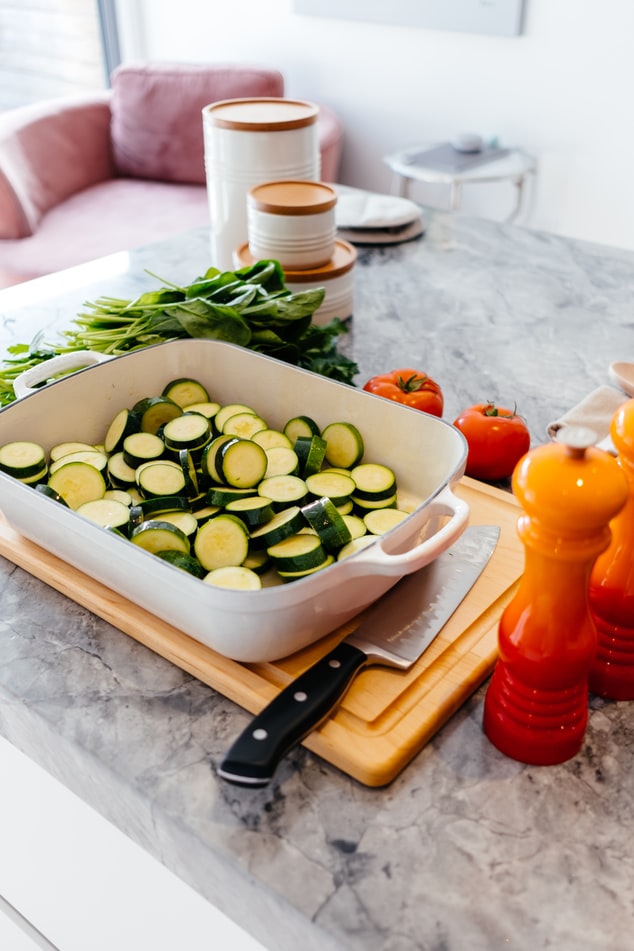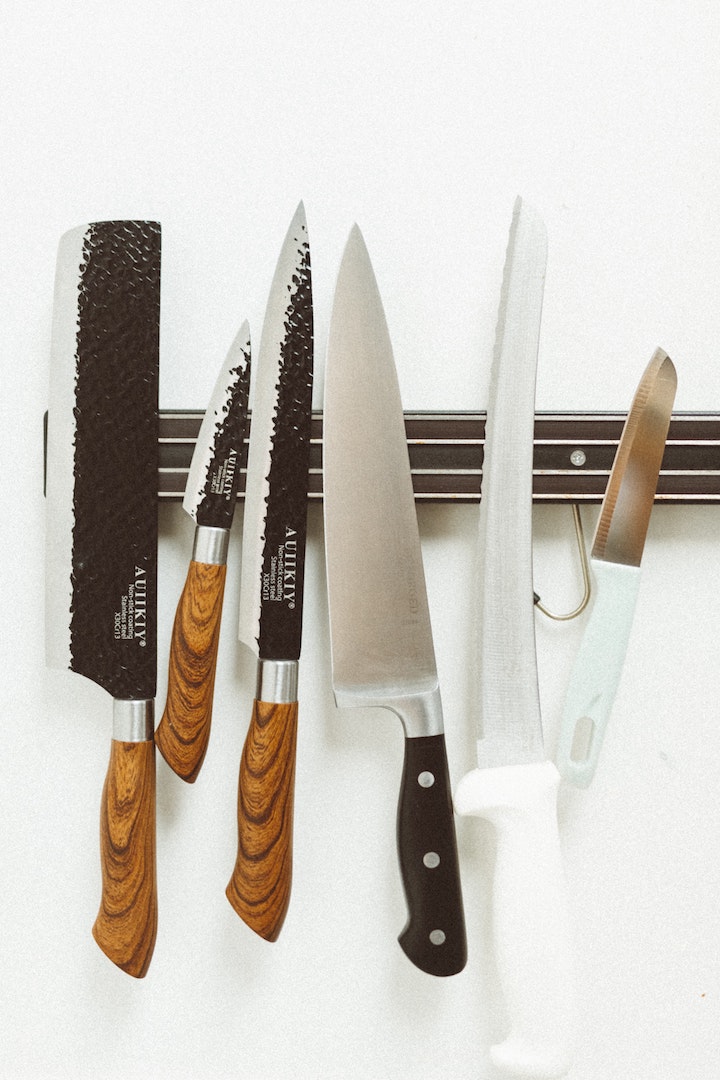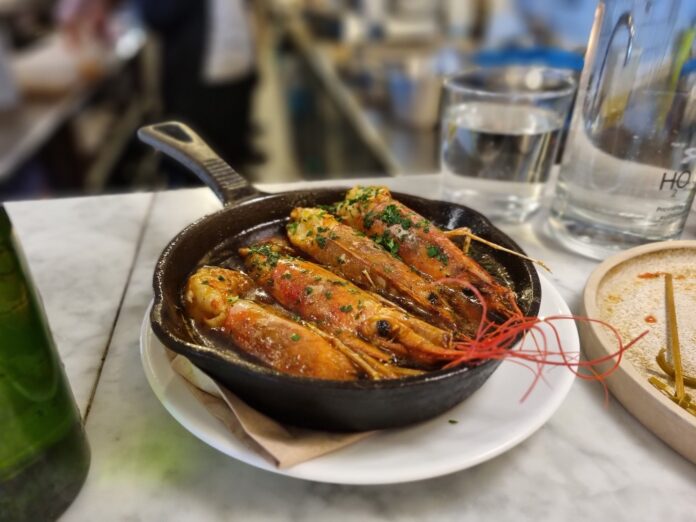…IDEAL for the budding cook in the family.
Ask any professional chef for tips on becoming a better homecook and invariably, reliably, the answer will be the same; get a sharp, suitably sized knife, stat. You know what they say, that a bad workperson always blames their tools? Never was that statement more apt than in the kitchen.
And sure, a varied set of knives will certainly do no harm (actually, they’ll do a lot of harm in the wrong hands, but you know what we mean), with a serrated, pairing and filleting knife all indispensable in the chef’s armoury. But if there’s just one blade you’re going to invest in today, which is versatile and appropriate for nearly all tasks on the chopping board, then it’s got to be a chef’s knife. The clue’s in the title, hey? Anyway, material matters so much here, so without further ado, our buyer’s guide: the best chef’s knife materials, IDEAL for the budding cook in the family.
KNIFE BLADE MATERIAL BASICS
Most of a knife’s inherent qualities are determined by the materials they are made up of, not in the hands of the human holding it. Many blades are manufactured from alloys, meaning their metal is combined with other materials to fortify them, making the blade lighter and, ultimately, better. Therefore, when buying a knife, you should check the type of materials the knife is made from as a priority. This is the only way you can be assured that you’re buying a high-quality knife.
What’s more, some knife materials are task appropriate, as we’ll now learn…
HIGH QUALITY CARBON STAINLESS STEEL
The connoisseur’s choice of chef’s knife material, this. Many chefs favour knives made of carbon steel because they can achieve the required sharpness with just a few strokes against a sharpener, since a thinner blade can be produced from carbon steel to make it have a steeper and sharper edge. Indeed, a combination of carbon and steel makes the knife sturdy and easy to sharpen. Aside from this, the knife has an edge that lasts long.
That said, you should avoid using such a blade on bones, frozen food, and shells. Reserve that for a heavy handled cleaver. Also note that hand washing them after use will help the knives to stay in perfect condition; dishwashers are the enemy.
DAMASCUS STEEL
Damascus steel knives, renowned for their distinctive water-like patterns, offer a blend of aesthetic appeal and functionality. These blades are crafted through an ancient technique of layering steel, which results in exceptional edge retention and sharpness, ideal for precision cuts in the kitchen. While they require careful maintenance, including hand washing, regular honing, and avoidance of harsh tasks like cutting through bones, a well-cared-for premium Damascus kitchen knife set is a durable and visually stunning set of tools that can elevate the culinary experience for any chef or enthusiast.
LAMINATED STEEL
This is also called pattern-welded steel and is defined by its method of layering two different varieties of steel. Most of these knives have tough steel incorporated to support the outer layers and deploy sharper steel in its core and edge. Be aware that with laminated steel blades, there’s a danger here of over-sharpening, with the blade visibly disappearing after a few meetings with the whetstone.
Because many of these knives have different combinations of alloys and metals, their maintenance depends on the specific type of knife. Hence, you should check the maintenance requirements of the knife with the provider before purchase.
STAINLESS STEEL
These knives are an alloy of iron combined with nickel, chromium, molybdenum, and carbon, produced using stamped manufacturing, rather than the more labour intensive forging (the latter is generally assumed to be a marker of superior quality). As such, they are affordable and easy to service. That’s not to say these aren’t quality knives; those made using a high quality stainless steel will be sharp – at least temporarily – and require little maintenance.
As a general rule, handles will be less well supported, and often just made from the same material as the knife. These are decent all purpose kitchen knives (the type you might find in a holiday home) but shouldn’t be relied on for intricate, fine chopping.
CERAMIC
For professional use, and even for the keen home cook, ceramic blades should be avoided. Though their fragility isn’t conducive to any labour intensive chopping (even just a kg of onions for your next home cooked french onion soup), the extreme sharpness of a ceramic blade, however fleeting, is ideal for lowkey, task specific stuff, like slicing through butter or use behind a bar, for limes and lemons. Yeah, that’s all.
If you’re looking for a brand which is sustainable and possesses good blade retention, check out Kamikoto knives. Great pride is taken in the aesthetics, functionality, and quality of the product. Manufactured using an alloy of carbon and steel and having forged blades, these are a worthwhile investment for those looking to take their cooking to the next level.









